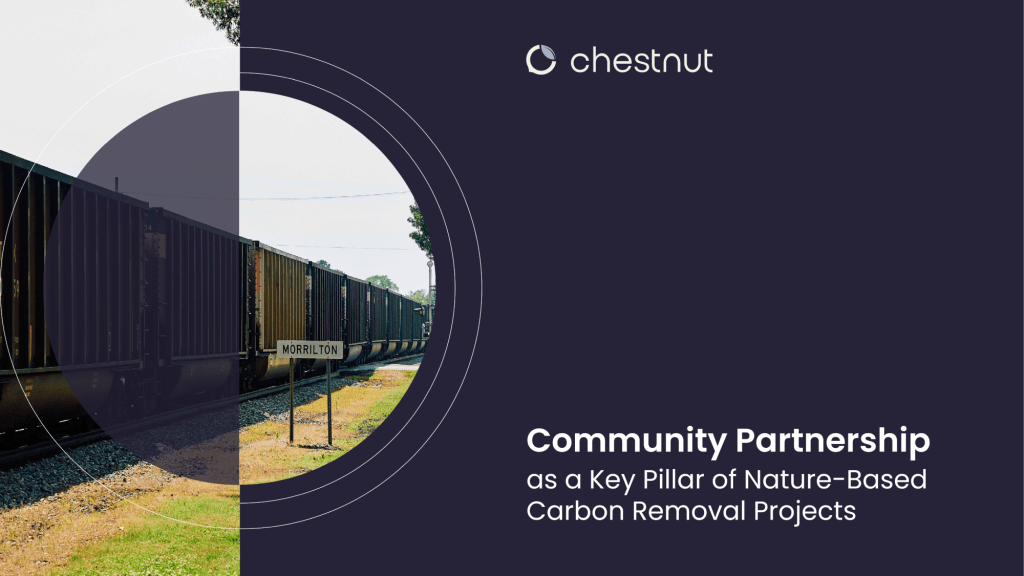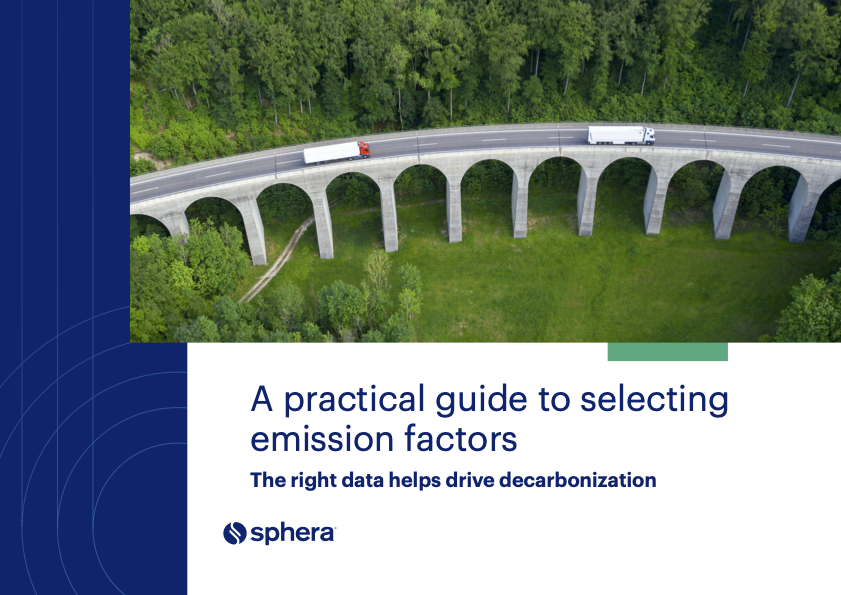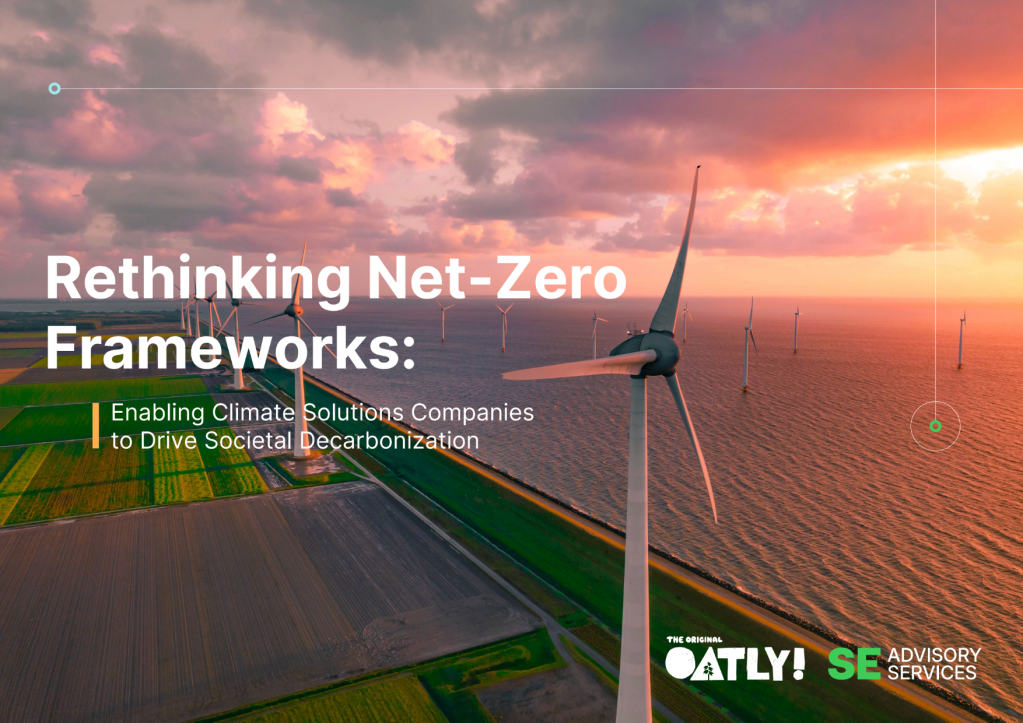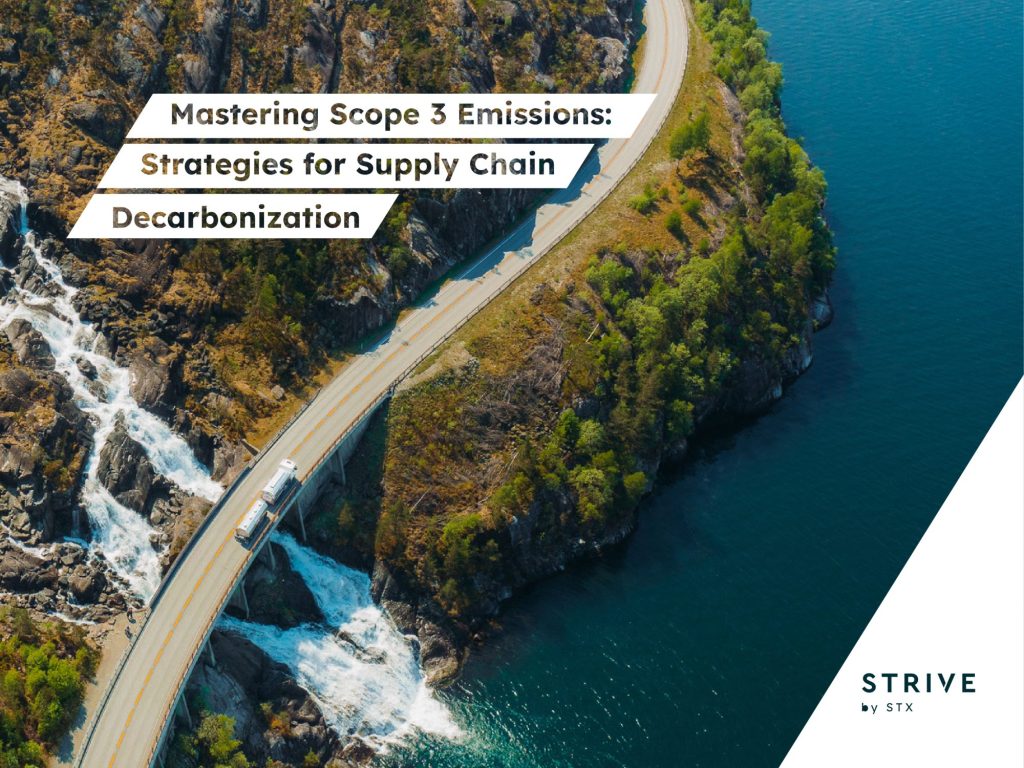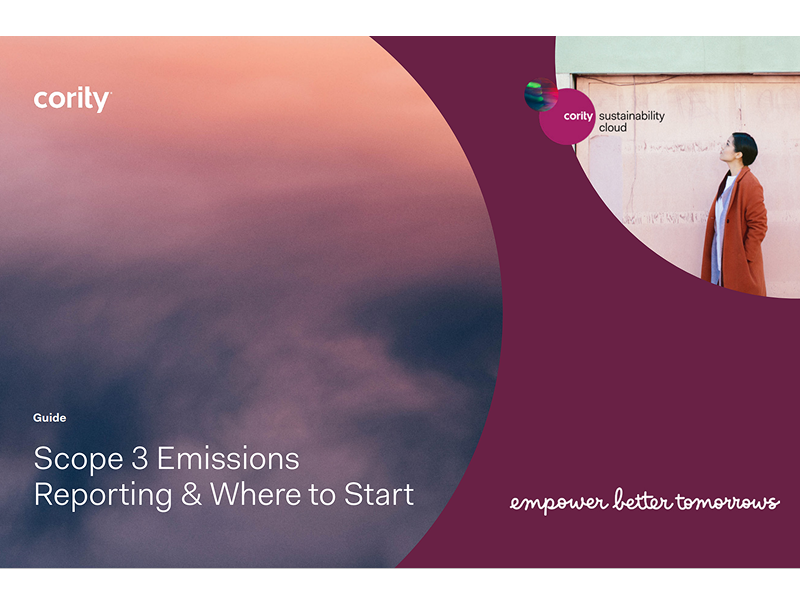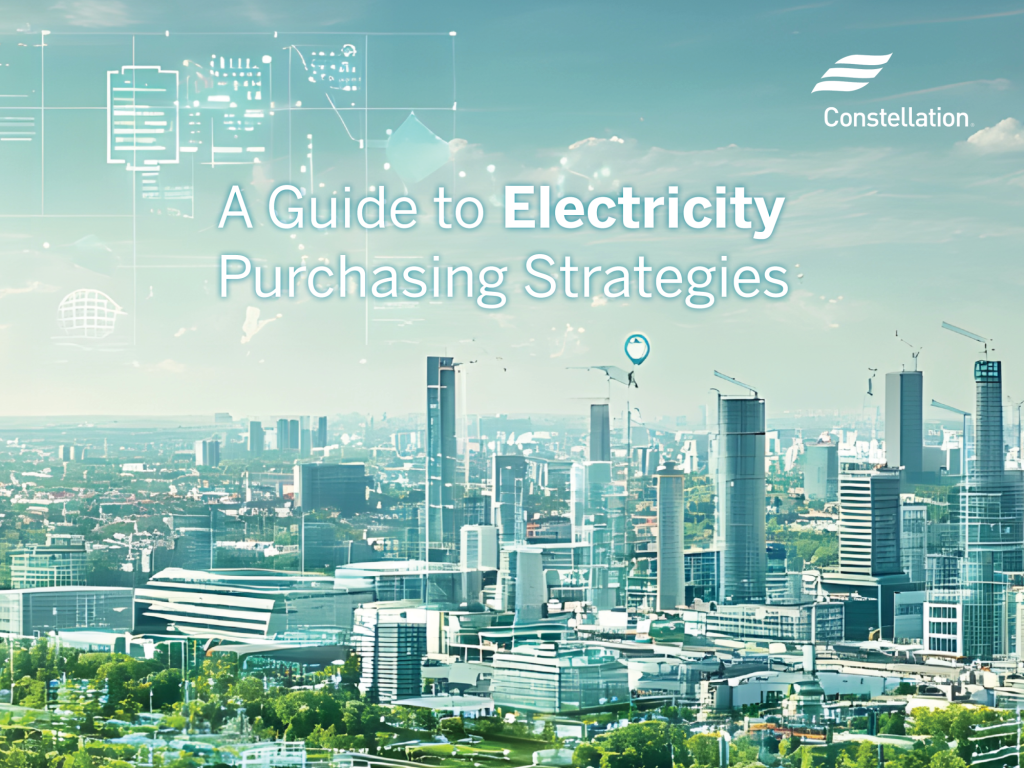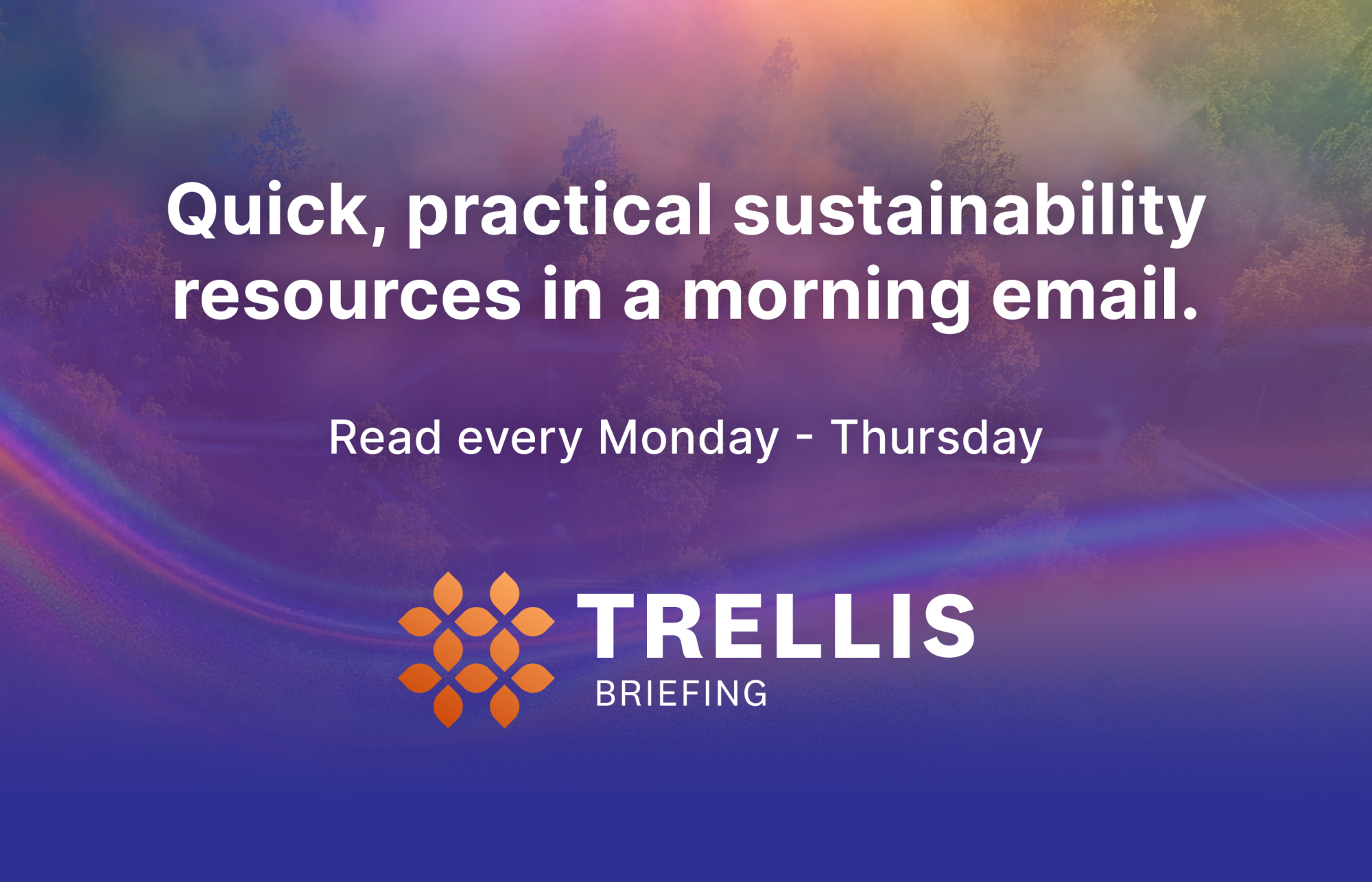Climate activists are quietly agitating at Amazon, Google and Pinterest
Workers frustrated by lack of progress at their companies are coming together to speak their minds and share best practices, despite risks. Read More
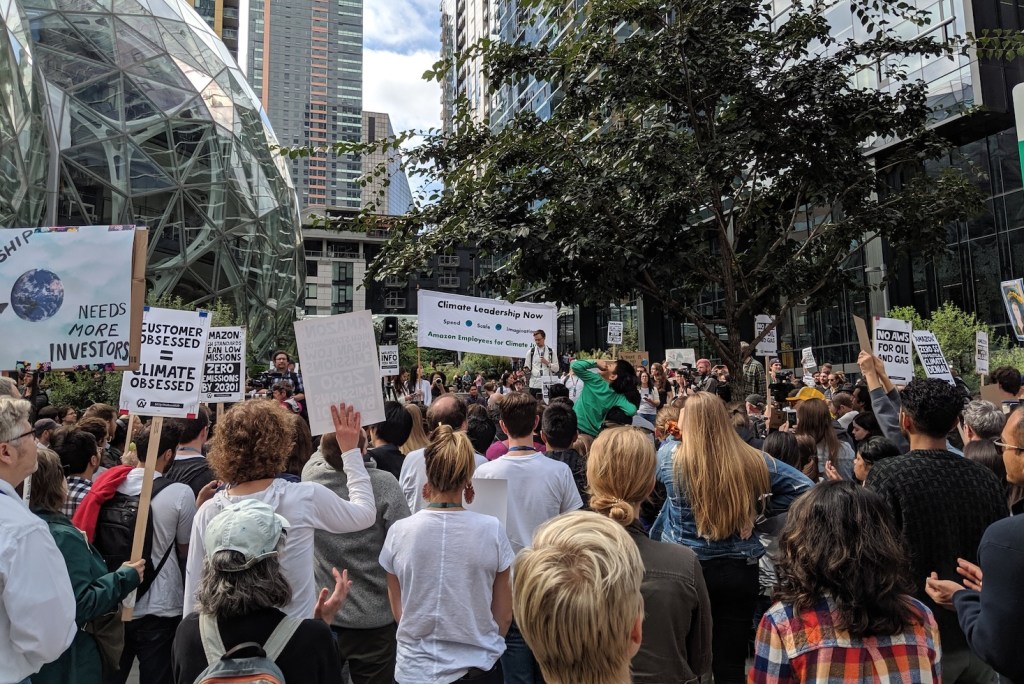
- Employee climate activists and “green team” coordinators often have roles outside corporate sustainability teams.
- Fossil fuels investments are a frequent focus of campaigns.
- Groups at Amazon, Google and Microsoft remain active, despite industry layoffs.
Amazon’s commitment to become net zero by 2040 — earlier than its rivals in tech and e-commerce — came Sept. 19, 2019, one day before 3,000-plus Amazon employees participated in that year’s Global Climate Strike and 8,700 signed a petition calling for their employer to take action. Behind both campaigns: an activist group called Amazon Employees for Climate Justice.
Today, economic anxiety has made it riskier for employees to speak up in this fashion. But many are frustrated with corporate silence on climate issues, according to those involved in this movement.
“It will take all of us standing together,” said Maren Costa, a former Amazon employee who co-founded Amazon Employees for Climate Justice and remains on its board. “It will need to be more covert, but we need to build more and more numbers.”
There are employee climate groups active at companies ranging from Amazon to Pinterest, along with new resources for sharing best practices. Participation is especially strong at tech companies, and in Europe and Asia where political backlash against ESG has been less severe.
“The current political climate in the U.S. is not conducive to any climate-positive action,” said Justin Lumpkin, a YouTube software engineer who’s part of a new network called the Cross Company Alliance. The group hosts informational meetings about best practices that have been attended by employees from companies including Bath & Body Works and Pinterest, as well as Amazon, Google and Microsoft.
The alliance’s high-level mission is to share best practices for campaigns, starting with a focus on how employees can encourage their employers to create “climate-safe” 401(k) plan fund options. It is using Google as a test case, where the work is supported by more than 1,200 employees.
If the campaign succeeds, it will likely be replicated at other companies, Lumpkin said. “We are seeking to empower the many employees who want to avoid fossil-fuel investments but are not given an alternative,” he said. “This is exciting because it unlocks a new leverage point on climate action, pushing the financial system towards a tipping point where fossil-fuel assets become as toxic as their real-world emissions.”
Focus: 401k plans, procurement and processes
Many companies have “green teams” working on internally sanctioned programs such as Earth Day events or zero-waste initiatives. Employee climate action groups are self-organized to tackle more controversial issues, such as advocating fossil fuels-free investment options for retirement plans, pushing for low-carbon procurement policies or campaigning for their employer to fire clients that perpetuate oil and gas exploration and production.
“The goal of this is to throw more bodies and brains at the problem,” said Drew Wilkinson, a former Microsoft employee who founded the company’s sustainability community and now leads Climate Leadership Collective, a consulting firm. “Enthusiastic employees are never going to be the direct replacement [for sustainability teams]. You’re trying to change sustainability from a thing that one tiny team is in charge of to something that is a cultural value.”
While at Microsoft, Wilkinson and his colleagues Holly and Will Alpine urged the company to reconsider allowing oil and gas companies to use its AI for new exploration and production. Their suggestions weren’t adopted, but they did inspire Microsoft to adopt a corporate position on AI ethics. The experience led the Alpines to leave Microsoft and create the Enabled Emissions Campaign, which aims to hold tech firms responsible for how their technologies enable fossil fuels production.
Being part of a climate action network is doubly meaningful. “Employees are not alone in wanting to do something, but a lot of folks are feeling that they are,” said Holly Alpine.
New resource for employee activists
There’s no corporate playbook for integrating ideas and suggestions from employee activists, but there should be, said Alison Taylor, clinical associate professor at NYU Stern School of Business. “My classes are full of frustrated young people that want an outlet,” Taylor said. “If your company is going to discourage this, what are you putting in place? If you’re going to encourage it, what are you really going to do with these decisions?”
The Employee Climate Action Network was launched in June to support corporate activists. It represents 30-plus organizations created to support climate action inside companies. The network’s first resource features more than 100 guides and case studies to help employee advocates — both those just starting out and those seeking to scale their efforts.
Project Drawdown, for example, contributed a series of tutorials covering topics such as how product designers and sales teams can add climate considerations into their day-to-day work. “You can make climate part of any position,” said Elissa Tikalsky, a senior technical manager at Pinterest who plans to participate in the new network. “You can ask questions about climate impact, mention sustainability in a sales call. You can build this into everyday work.”
Also included in the resources are a video presentation from former Microsoft employee Wilkinson with step-by-step advice about how to organize a community, and documentation from the founders of Amazon’s employee activist group.
There is no fee to join the Employee Climate Action Network. “The ultimate goal is to scale the number of employees that are actively working to create change from the inside and to build solidarity across geographies,” said Deborah McNamara, executive director of ClimateVoice, one of the founding organizations. “There are so many people trying to make change; we want employees to find each other.”
The network can help employees prioritize their actions by evaluating which ones might yield an early victory with their employer versus those that might have the largest impact. “Sometimes these are hard to do in combination,” said Tessa Wernink, co-founder of the network and European strategy lead at WorkforClimate, which trains employees on how to create activist networks.
WorkforClimate helps employees influence their employers’ strategy for:
- Renewable energy adoption
- Corporate investments
- Emissions reductions commitments
- Trade association advocacy and lobbying
- Procurement policies
“We want to democratize the idea of being an advocate or activist,” Wernink said.
Other network organizations take a different approach. Green Teams Netzwerk from Germany, for example, provides resources for companies transitioning to low-carbon business models. It advocates involving management teams. Some of its 164 members’ employees are interested in grassroots action, but many hail from sustainability roles.
“We don’t tie our hopes and motivation to a specific result, we tie it to the action and people we touch,” said Tim Riedel, founder of Green Teams. “If we do that, and do things we enjoy doing, we are inspired regardless of the bigger picture.”
Editor’s note: This story was updated on July 28, 2025, to more accurately characterize the origins of Amazon’s Climate Pledge. The story was also updated on July 31, 2025, to more accurately reflect the involvement of Bath & Body Works employees with the Cross Company Alliance.

Subscribe to Trellis Briefing
Featured Reports

The Premier Event for Sustainable Business Leaders

